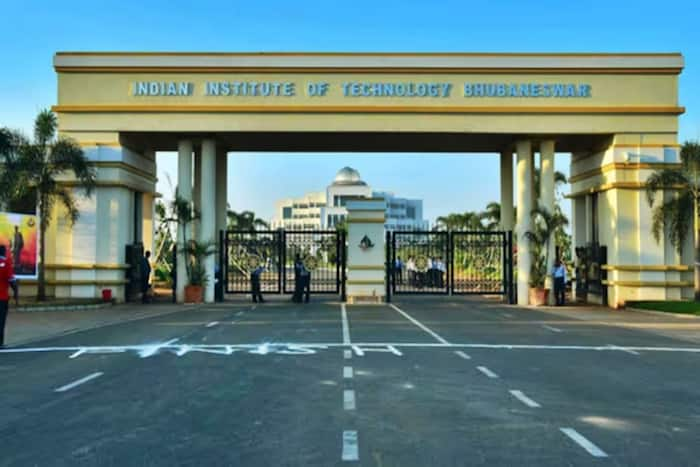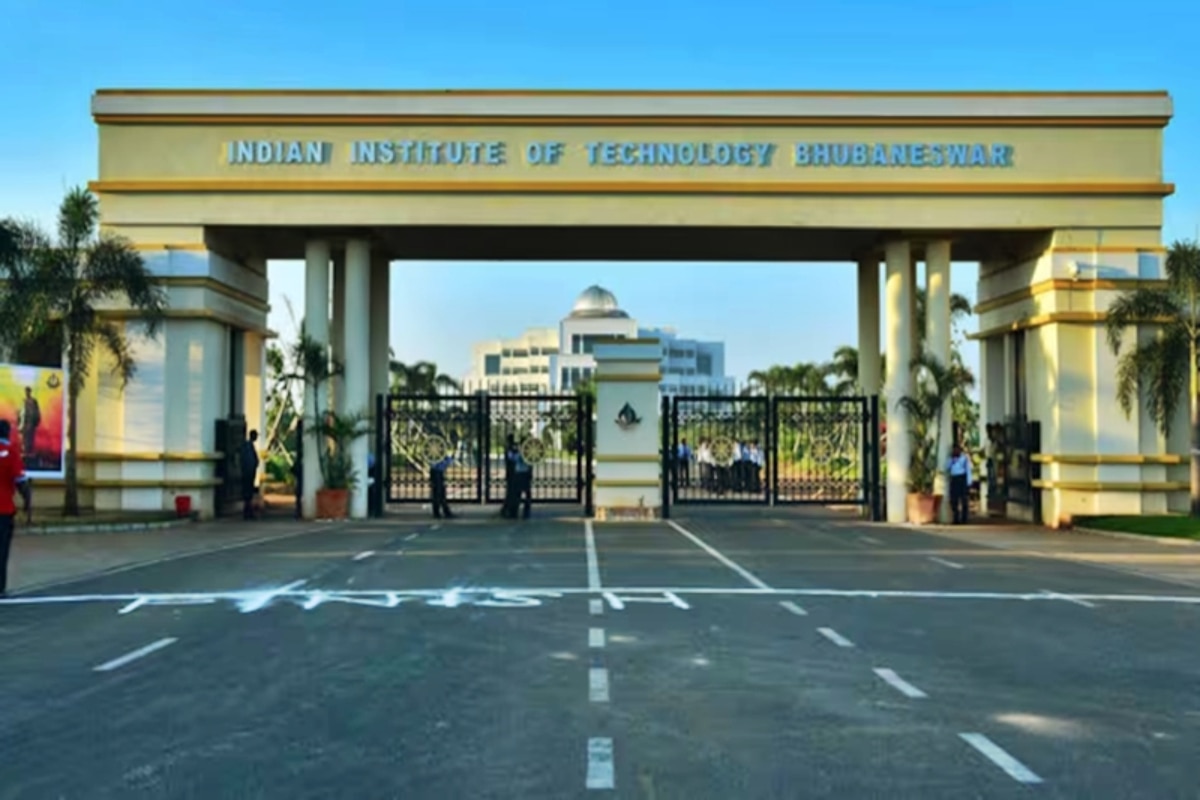The studies were carried out over the complex terrain of Assam.

Bhubaneswar: The Indian Institute of Technology (IIT)-Bhubaneswar has developed a hybrid technology integrating the output from the Weather Research and Forecasting (WRF) model into a deep learning (DL) model to enhance prediction accuracy particularly with an aim to improve prediction of heavy rainfall events with an adequate lead time, said official sources on Monday.
The study also highlighted the potential of artificial intelligence in improving real-time weather forecasting, particularly for heavy rainfall events in the complex terrains over the Indian region.
The studies were carried out over the complex terrain of Assam (highly vulnerable to severe flooding) during June 2023 and over the state of Odisha where heavy rainfall events are highly dynamic in nature due to the landfall of multiple intense rain bearing monsoon low-pressure systems.
“In Assam, the hybrid model displays prediction accuracy that is nearly double that of traditional ensemble models at a district level with a lead time up to 96 hours, showcasing its remarkable performance. These innovative studies have been carried out using retrospective cases,” official sources added.
The researchers from the IIT-Bhubaneswar through another groundbreaking study have demonstrated a significant leap in accurately predicting heavy rainfall events over the region in real-time, using deep learning techniques. The study demonstrated the robustness of the new hybrid technology for real time situations over complex terrain of Assam.
“The study titled ‘Minimization of Forecast Error Using Deep Learning for Real-Time Heavy Rainfall Events Over Assam’, published in IEEE Xplore, has revealed that integrating DL with the traditional WRF model dramatically improves forecast accuracy for heavy rainfall events in real-time, a critical advancement for this flood-prone mountainous region like Assam,” added sources.
Between June 13 and 17, 2023, Assam experienced severe flooding due to heavy rainfall. The DL model was able to more accurately predict the spatial distribution and intensity of rainfall across at district scale. The research employed the WRF model to generate initial weather forecasts in real time, which were then refined using the DL model.
The experts through this new method can now carry out a more detailed analysis of rainfall patterns, incorporating a spatio-attention module to better capture the intricate spatial dependencies in the data.
As discussed, the model was trained using data from past heavy rainfall events from multiple ensembles outputs as well as observations from India Meteorological Department (IMD), to improve its accuracy.
“This advancement is crucial for mitigating the impacts of natural disasters and public safety. Additionally, these pioneering works will also serve as a guiding light in creating analogous hybrid models for other intricate topographical terrain areas such as the Western Himalayas and Western Ghats regions of India,” official sources said.

